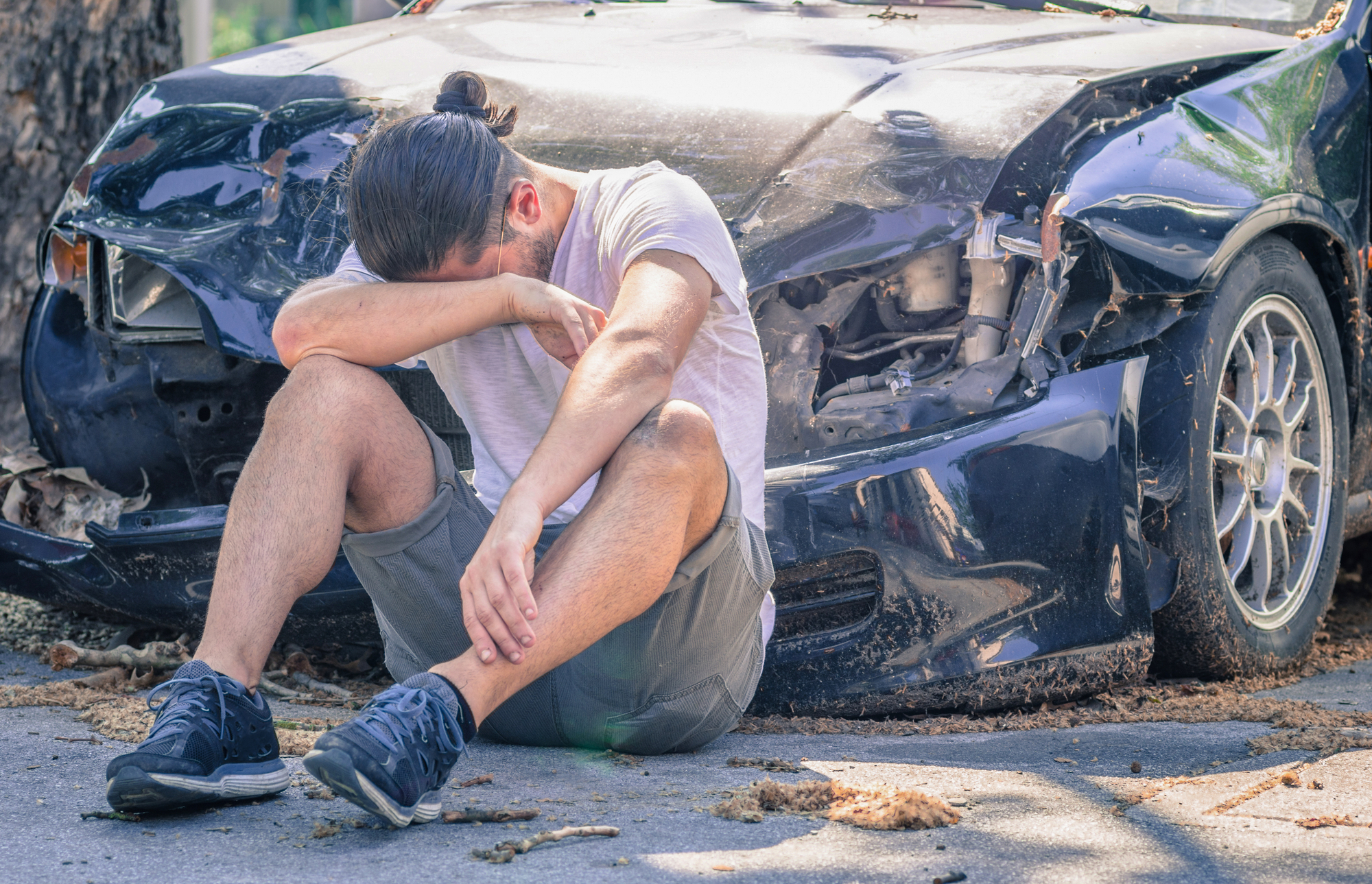Car Accidents: How to Avoid Them

Driving can be fun and freeing, but it can be just as dangerous. Car accidents are very common nowadays, with around 400,000 car collisions in the Sunshine State annually alone. However, there’s no need to be afraid of driving; there are quite a few things you can do to prevent one from happening.
This article will cover common car accidents, how you can avoid them, how to prevent yourself and your passengers from being hurt when one occurs, and what else to do should you ever be in a car collision.
While we sincerely hope your driving experience is a good and crashless one, it’s important to know what to do in case one happens to prevent panic and further injury. We’ll start by discussing some common types of car accidents.
Looking at Common Car Accidents
There are many different types of car collisions, so we’ll only cover a few of the more common ones you may witness or be at risk of experiencing. While it may seem frightening to even consider the possible ways disaster can strike, not understanding them can put you at risk and make it more difficult to help you.
One of, if not the most common, type of accident out there is the rear-end collision, which occurs when one vehicle hits the back of another. This will usually jolt the first vehicle forward and slow down or even stop the one the other.
It can be very easy for a chain of these accidents to occur since the rearmost vehicle’s force may push the one it hits forward, which could cause another collision—and so on and so forth. How disastrous these crashes can be ultimately depends on the speed of both vehicles at the time of the crash, how many cars are involved, and whether or not the parties involved were wearing their seat belts.
Another common collision type is a backing collision. Putting your car in reverse can be risky, especially if there are obstructions that block the view, if you’re backing into traffic or out of your space in a parking lot, or when there are people and pets around. Because of this, make sure you fully understand your surroundings and then back out slowly to decrease your risk.
Avoiding Car Accidents
Even though car accidents are common there are many ways to reduce your risk of being in one. One good tip is to always watch for and follow speed limits. Most of the vehicles around you will be doing the same, so driving too fast or too slowly will increase your risk of being involved in a car accident.
Drive as close to the speed limit as possible, but be aware that your surroundings take precedence over the limit. For example, if the car in front of you is slowing down, you also need to do so, even if you’re unsure why. It could be as simple as something in their vehicle has failed, or an obstacle may be in front of them.
Determine the reason for the slowdown and ensure that it is legal and safe to pass before doing so. You also need to pay close attention to your surroundings. In the previous example, if you weren’t paying attention, you could rear-end the vehicle slowing down.
Preventing Injury
Despite your best efforts, you may still end up in an accident anyway. While you may be practicing safe driving techniques, not everyone on the road is. This is why it’s just as important to understand how to prevent injuries as it is to understand how to avoid them in the first place.
The easiest way to prevent injury is to wear your seatbelt. You’ve probably heard this said a thousand times already, but there is a good reason for it. A seat belt is designed to keep you in your seat, which is why it locks up and stops, allowing you to pull more when you’ve pulled too much or when the vehicle suddenly jolts and pulls on the belt too hard too quickly.
While this feature can sometimes create bruises or seat belt burn, you might be launched throughout the vehicle or even out the windshield without it. If your seat belt irritates your neck or other parts of your body when secured you may want to consider purchasing a small pad or set of pads designed for seat belts—they’re too important to avoid due to skin irritation.
While we discussed it earlier, paying attention plays a different but equally, as important role when you’ve been in a car accident. Check to see if you were injured before moving or checking on anyone else. If you’re not hurt, or your injuries are minor, begin checking on everyone else in the vehicle if you weren’t driving alone. Examine the vehicle and the area outside before leaving, as it may not be safe to do so until the police arrive.
If you can leave, do so and check on the occupants of the other vehicle if you can, even if they were the cause of the accident. They may be hurt and need assistance. Again, only do this if it is safe to do so. If the terrain is too hazardous or you have been greatly injured, leaving your vehicle may cause your injury to worsen.
Understanding Your Next Steps
The steps you need to take after a car accident will vary based on what has happened. The first thing to do, assuming it’s safe to do so, is to check for injuries and help the hurt in any way you can. You then need to move your vehicle out of traffic if possible.
If the car is flipped, on fire, or too damaged to move safely, don’t try. Instead, wait for the professionals to arrive and take care of it—ambulances and paramedics may also be sent to provide medical attention if needed. You’ll also need to exchange insurance information with the other party and contact the police.
Vehicle collisions are frightening to experience and are sadly very common, but hopefully, you now understand how to avoid them. Again, there’s no need to be afraid of driving. So long as you practice safe driving techniques and you know what to do should disaster strike, you’ll be fine.




